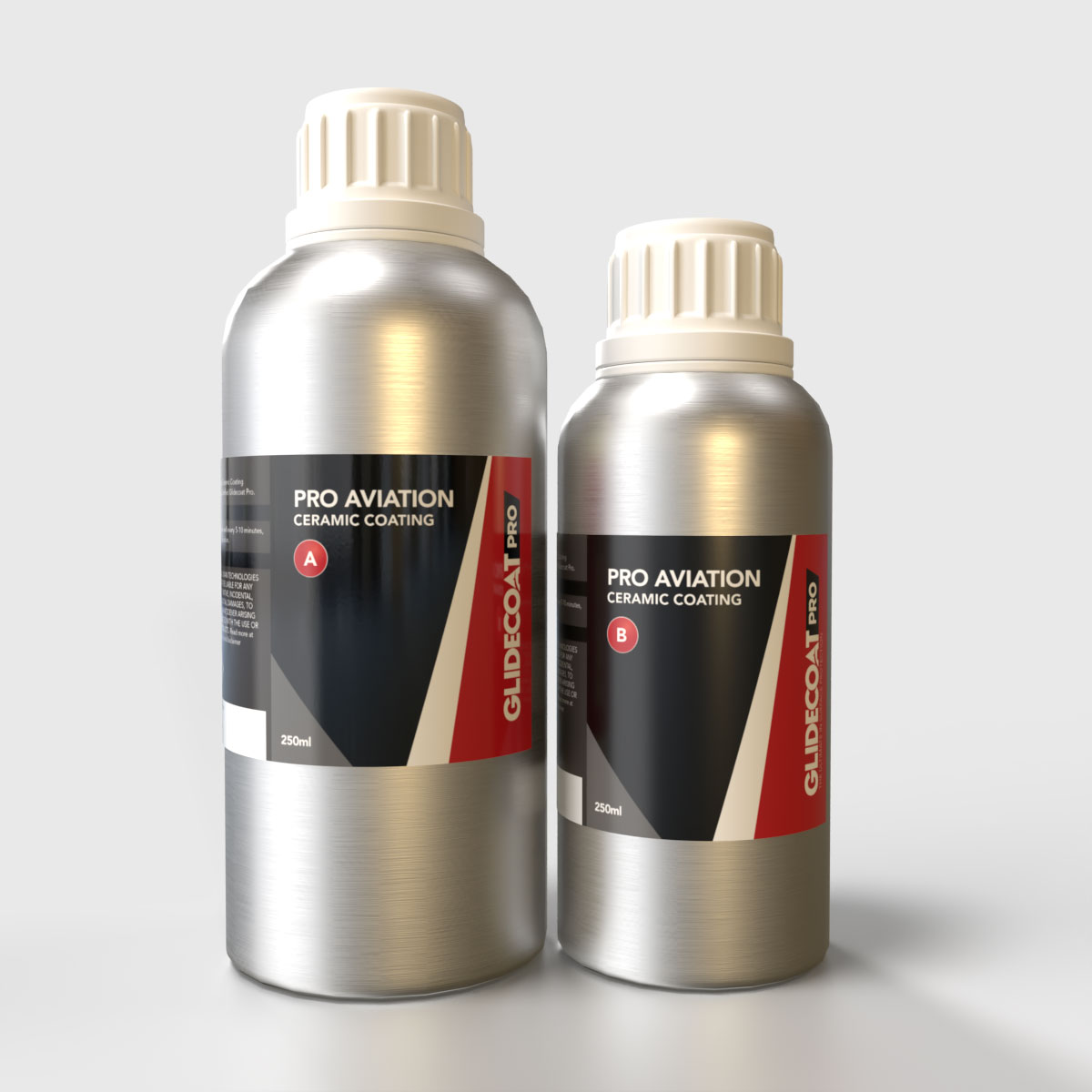Long-Term Outcomes with Professional Ceramic Coating Philadelphia Applications
Long-Term Outcomes with Professional Ceramic Coating Philadelphia Applications
Blog Article
Why Ceramic Finish Is the Ultimate Option for a Perfect Finish
Ceramic coating has arised as a leading solution for those seeking a flawless surface for their vehicles, thanks to its exceptional toughness and safety attributes. What elements absolutely set ceramic layer apart?
What Is Ceramic Covering?

When applied appropriately, ceramic coating creates a hydrophobic surface area that repels water and dust, making it easier to cleanse and keep. Unlike traditional waxes or sealants, which commonly supply short-term protection, ceramic layers can last for numerous years, depending upon the product high quality and application technique. The procedure of applying ceramic finishing calls for precise prep work, consisting of extensive cleaning and sometimes repaint modification, to make certain optimum bonding and effectiveness.
Ceramic layers are not restricted to vehicle surface areas; they can additionally be made use of on different materials, including glass, steel, and plastics, providing a versatile solution for boosting protection. Overall, ceramic covering represents a significant improvement in surface area protection modern technology, incorporating both visual and practical advantages for a wide variety of applications.
Advantages of Ceramic Coating
While many surface area protection options exist, the advantages of ceramic covering stand apart because of its one-of-a-kind residential properties and durable efficiency. Among the key advantages is its exceptional durability. Ceramic Coating Philadelphia. Unlike standard wax or sealers that call for frequent reapplication, ceramic layers offer a resilient layer that can last for a number of years, considerably minimizing upkeep efforts
One more significant benefit is boosted protection against environmental impurities. Ceramic finishings produce a hydrophobic surface area that drives away water, dirt, and different toxins, making it simpler to clean. This feature not only maintains the car's appearance yet likewise minimizes the risk of rust and oxidation, specifically in rough weather conditions.
In addition, ceramic finishings supply exceptional resistance to UV rays, avoiding fading and degradation of paint in time. This UV protection is crucial for maintaining the aesthetic value of cars and surfaces exposed to route sunlight.
In addition, the shiny surface achieved with ceramic covering boosts the general visual charm, offering surfaces a showroom-quality sparkle. Generally, ceramic layers represent a considerable development in surface defense innovation, providing long-lasting benefits that accommodate both useful and visual needs.
Just How It Works
Recognizing the science behind ceramic finishings discloses just how they provide such amazing defense and longevity. At its core, a ceramic coating is a liquid polymer that chemically bonds with the vehicle's manufacturing facility paint.
The application process entails multiple actions, including surface preparation, which is essential to accomplishing optimal attachment. When used, the finishing undergoes a healing procedure, during which it sets and forms a semi-permanent bond with the paint surface. This bond is what read here identifies ceramic layers from standard waxes and sealers, providing a longer-lasting protective barrier that can withstand for years.
Furthermore, the thickness of the finishing can improve its protective top qualities, making sure that it can withstand severe conditions. Eventually, the science of ceramic layers integrates sophisticated products with cutting-edge application methods to provide an unrivaled level of defense and aesthetic improvement for lorries.
Contrast With Conventional Methods
The benefits of ceramic coatings come to be particularly noticeable when compared to conventional paint security methods such as waxes and sealers. While waxes offer a short-term additional reading shine, usually lasting a few weeks to a couple of months, ceramic coverings offer a resilient protective layer that can withstand for numerous years. This durability substantially minimizes the frequency of reapplication, making ceramic finishes an extra cost-efficient solution in time.
In addition, traditional techniques often need considerable prep work and numerous applications to attain an adequate degree of security. On the other hand, ceramic finishes bond at a molecular level with the lorry's surface, creating a durable guard versus ecological contaminants like UV rays, acid rainfall, and road salts. This bond boosts the vehicle's resistance to scratches and swirl marks, which are widespread with typical waxes and sealants.
Moreover, the hydrophobic homes of ceramic layers drive away water and dirt, resulting in easier cleansing and maintenance. In contrast, wax and sealant-treated surfaces can draw in crud, necessitating even more regular cleaning - Ceramic Coating Philadelphia. On the whole, ceramic layers not only supply premium defense however additionally supply an extra enduring and visually appealing finish, developing them as the favored option for critical vehicle proprietors
Application and Maintenance Tips

Using a foam applicator, apply the layer in tiny areas, following the producer's standards relating to density and overlap. Allow enough treating time between layers, commonly 1 day, to make sure correct bonding. After application, it is critical to prevent exposure to water or rough components for at the very least a week to permit the coating to completely heal.
Additionally, using a ceramic upkeep spray can boost the finish's hydrophobic residential properties and longevity. Routine assessments for any type of signs of wear will certainly help maintain the finishing's honesty and maintain that immaculate finish.
Final Thought
Finally, ceramic finish arises as a superior alternative for attaining a perfect automotive finish. Its extraordinary longevity, protective qualities, and hydrophobic homes dramatically boost the vehicle's look while streamlining maintenance efforts. By forming a robust bond with manufacturing facility paint, ceramic finishing successfully guards versus scrapes, UV rays, and ecological pollutants. With a lifespan expanding a number of years, this advanced option not just protects but also raises the overall visual appeal of lorries, making it an affordable investment for car fanatics.

Report this page